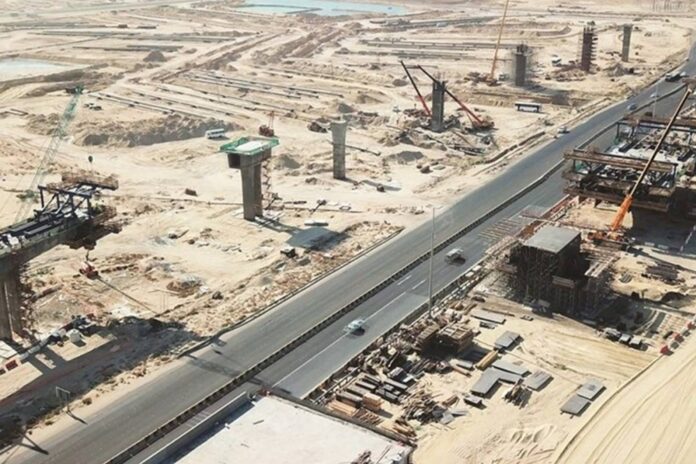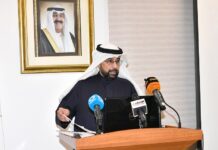The report on the follow-up of the annual plan for 2023/2024, covering the period from April to September, revealed that 13 projects have yet to see the light of day.
The report highlighted a 77 percent delay rate in projects falling behind the schedule, identifying a total of 674 challenges faced by authorities in project implementation, reports Al-Jarida daily. In an encouraging sign, 76 percent of these challenges have been successfully overcome.
According to the report, the annual plan for 2023/2024 was aligned with the vision of the State of Kuwait 2035, relying on key pillars to achieve sustainable development goals.
These pillars aimed at creating a human capital that is responsive to development challenges and adheres to international indicators.
The identified pillars include effective government administration, focusing on reforming public sector management for enhanced transparency, accountability, and government apparatus efficiency.
Additionally, a sustainable diversified economy was emphasized, with goals to empower the private sector, diversify the production base, and promote knowledge industries with advanced technology.
The plan also prioritized the development of an advanced infrastructure in line with international standards, supporting the production capacity of electrical energy. A focus on a sustainable living environment was outlined to rationalize the consumption of natural resources, reduce environmental pollution, and provide high-quality healthcare services in both the public and private sectors.
The plan aimed to foster creative human capital through education and training to enhance societal members’ productive and competitive capabilities, contributing to a distinguished international standing for Kuwait in diplomacy, economics, culture, and humanitarian work.
The annual development plan (2023/2024) encompassed a total of 130 projects across nine programs.
The sixth program, emphasizing the construction of a cohesive infrastructure, led with the highest number of projects at 36. The second general privatization program included two projects, with implementation divided between government agencies and public-private sector partnerships.
Of the total projects, 46 percent were in the implementation phase, consisting of 114 ongoing projects and 16 new projects, while 13 projects had not yet commenced.

















